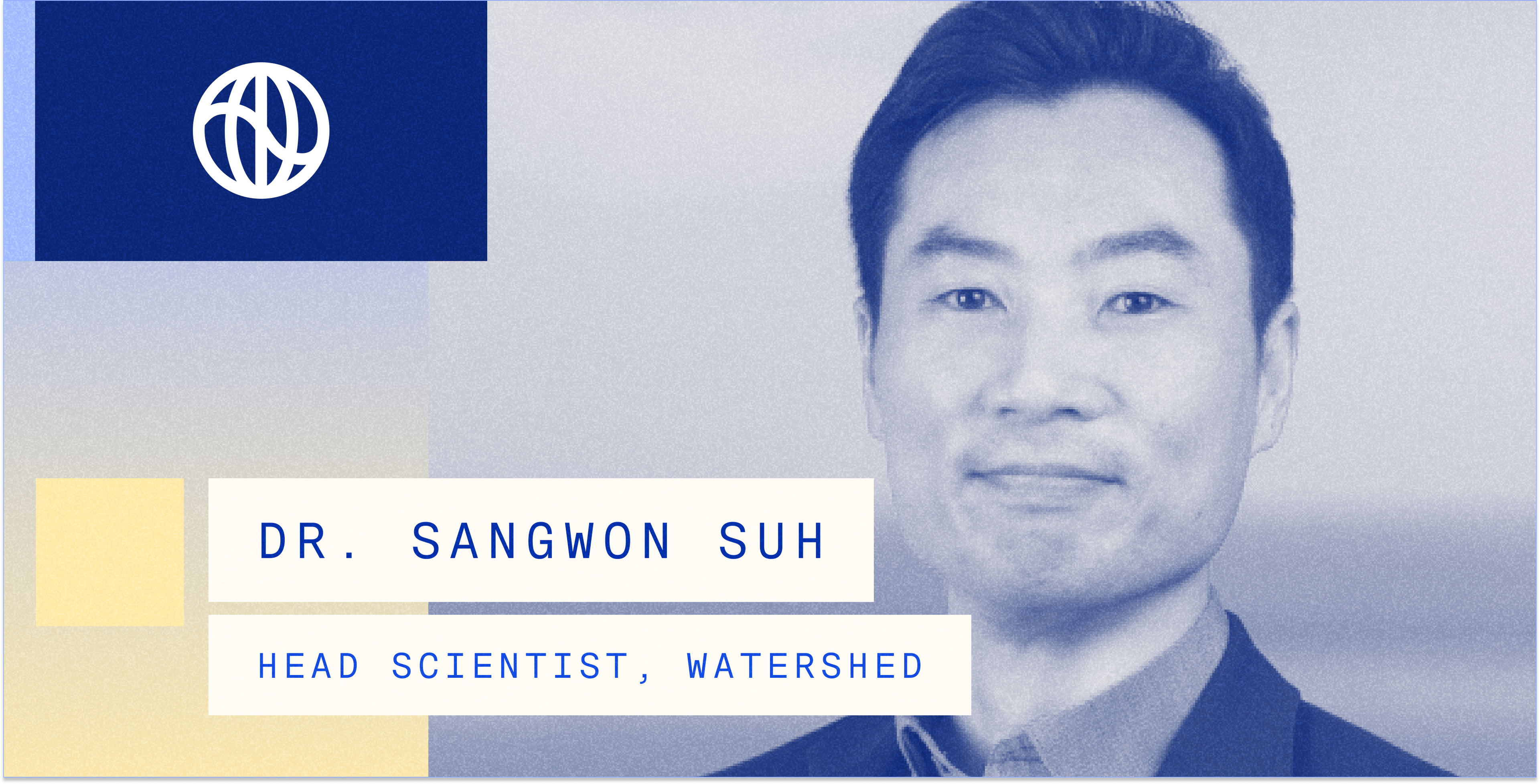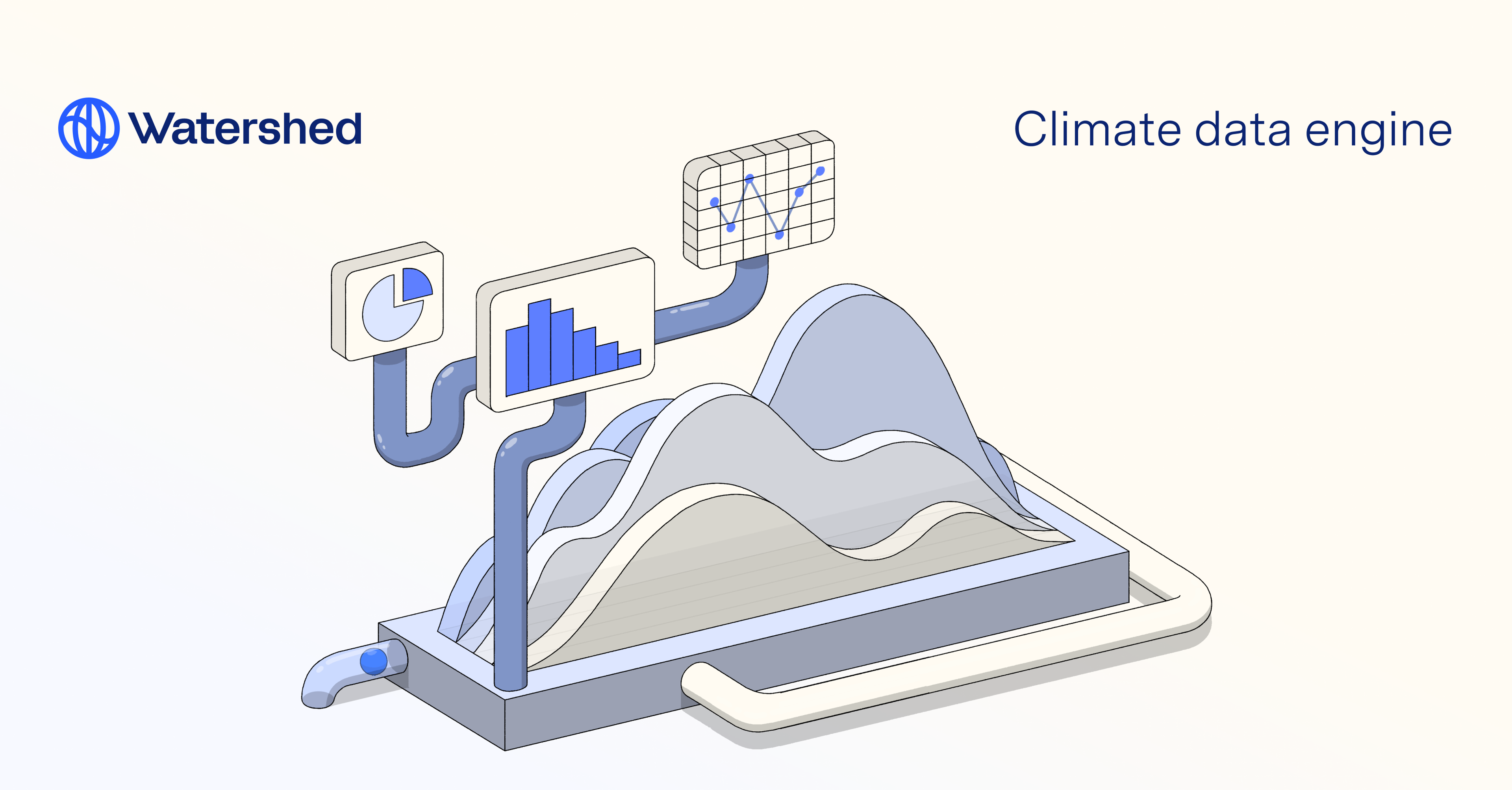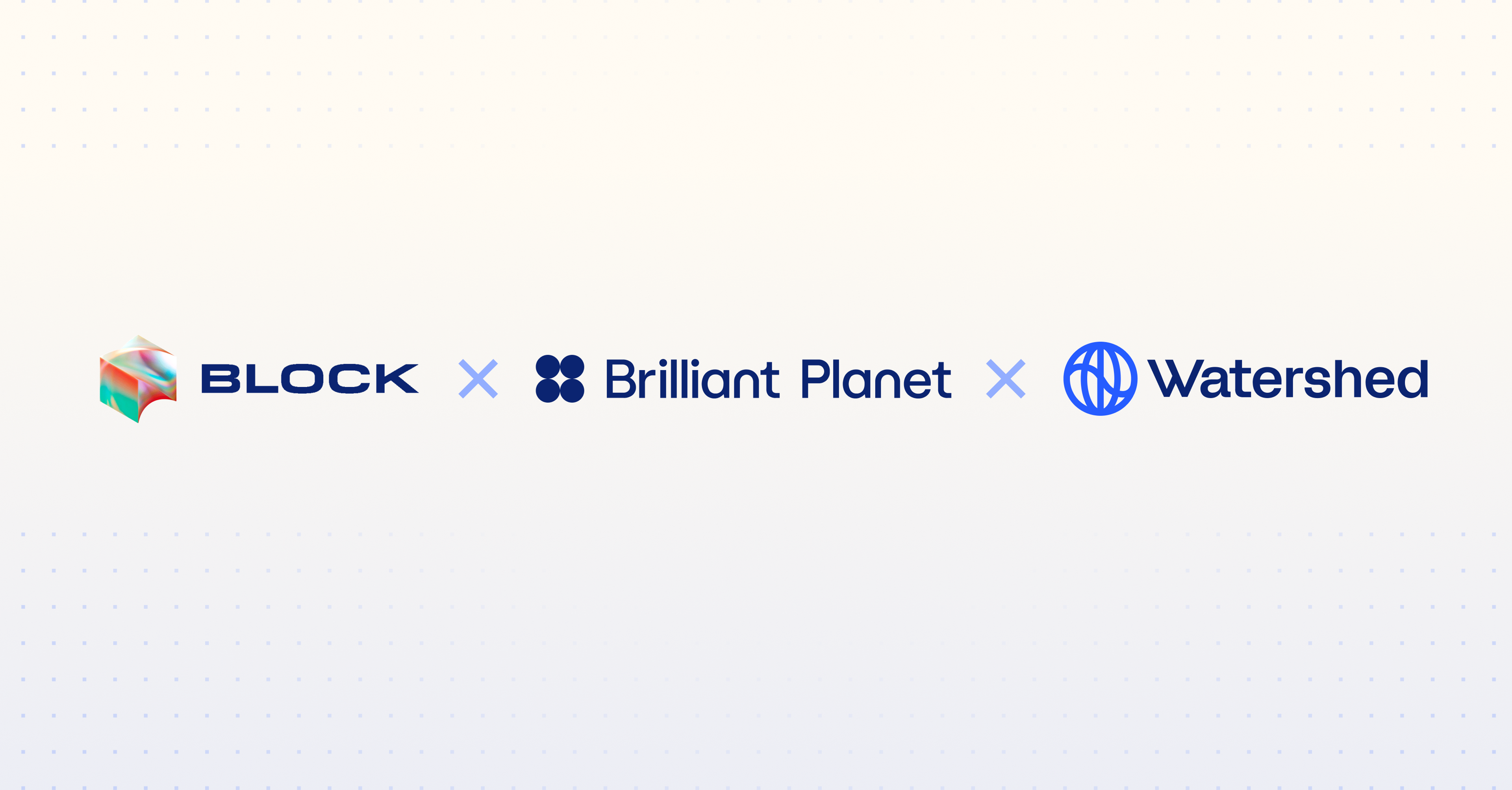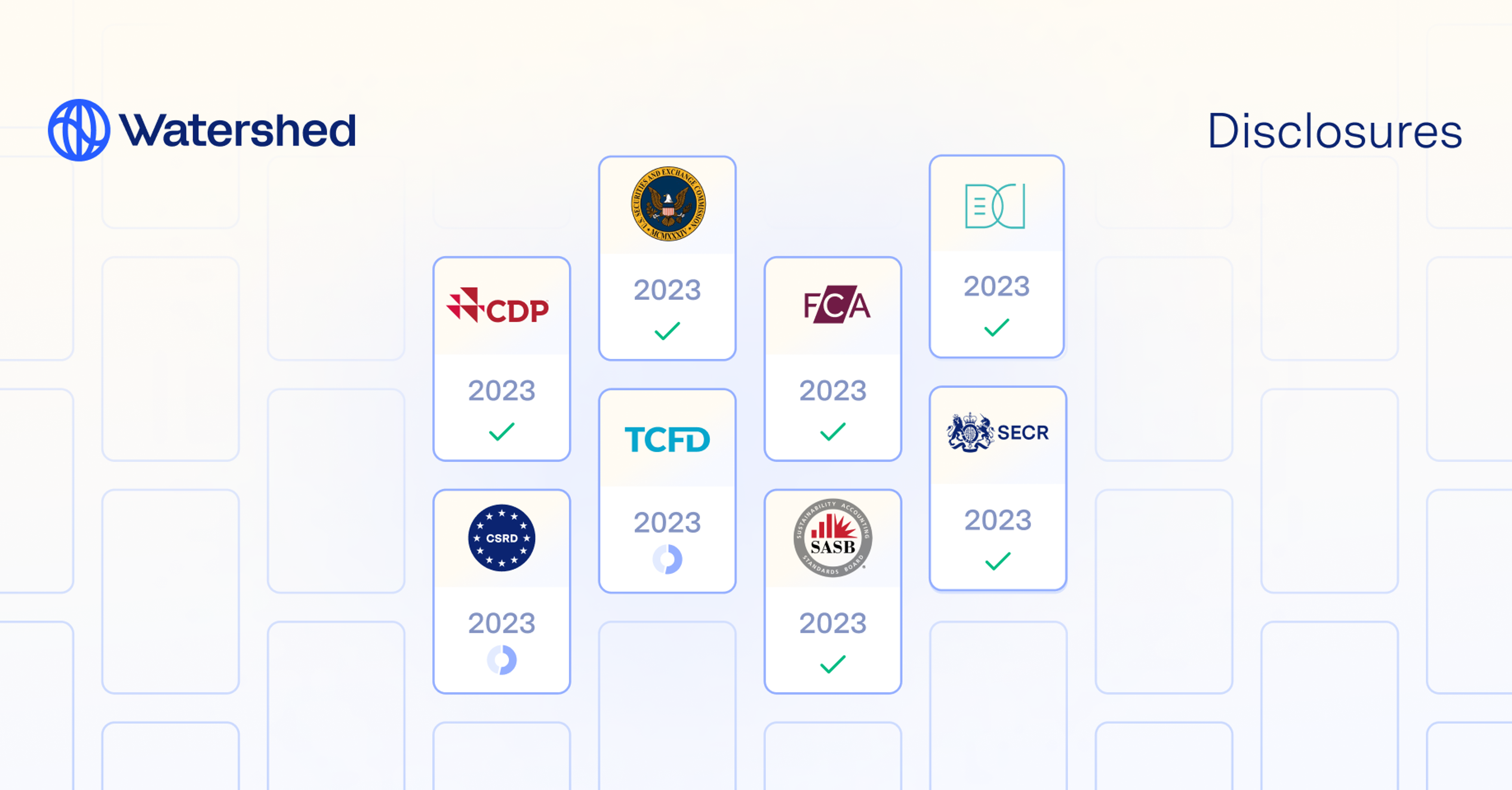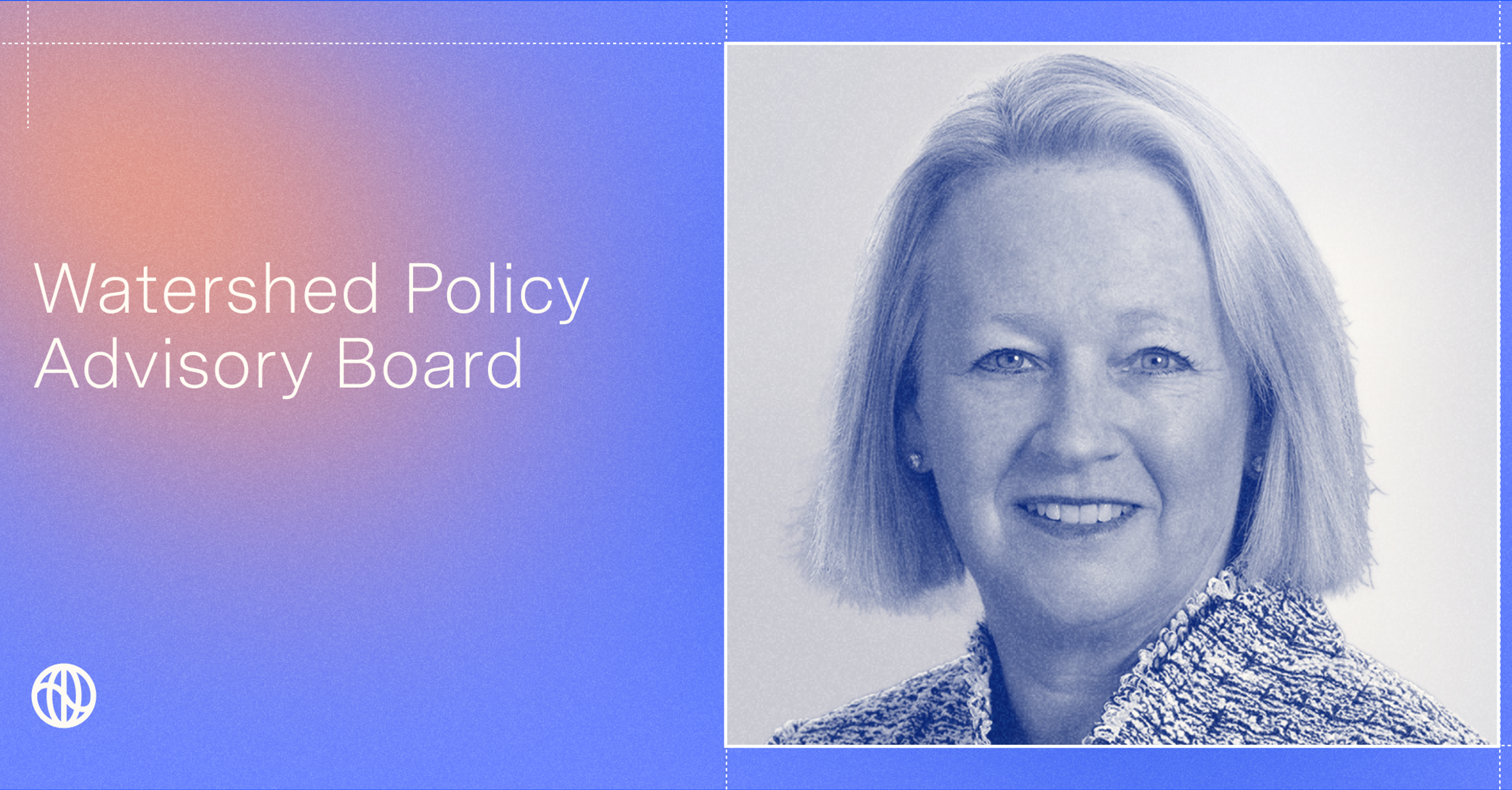Today, we announced that we’ve acquired VitalMetrics, a leading carbon data company. We also welcomed VitalMetrics’ founder, Dr. Sangwon Suh, and his team to Watershed. Together, we’re on a mission to bring better carbon data to organizations everywhere.
Dr. Suh has spent 20 years building the scientific foundations of greenhouse gas measurement—he’s a co-author of the Greenhouse Gas Protocol, a pioneer in the field of life cycle assessments, and a contributor to the Intergovernmental Panel on Climate Change (IPCC). At VitalMetrics, Dr. Suh and his team have pioneered a multi-regional approach to greenhouse gas emissions data that sets a new standard for the industry.
Traditionally, companies measuring emissions often rely on single-country emissions factors or highly aggregated datasets, which fail to provide the granularity and regional context companies need to make real carbon reductions. VitalMetrics solved this problem with CEDA (the Comprehensive Environmental Data Archive), a multi-region model that blends emissions and economic data to cover 95% of global emissions.
Watershed’s own Steve Davis has known Dr. Suh since they worked together to develop the Greenhouse Gas Protocol twenty years ago. They recently sat down to chat about their work, and our plans now that VitalMetrics and Watershed have joined forces.
Watch the video of their conversation and read our extended Q&A with Dr. Suh to learn more about why he started VitalMetrics, the first thing most companies learn when they try to decarbonize, and why he hasn’t given up hope on solving climate change.
Why did you start VitalMetrics?
About 20 years ago I needed data on the environmental impact of business activities for my PhD research project. I looked into some of the existing datasets and was not satisfied with the quality. The datasets were often produced using one-off government grants, and maintaining the continuity of the personnels involved and developing a long-term plan for improving the quality were clearly a challenge for those datasets.
That was not going to meet the expectation from companies who wanted to use such data to change their business and publish climate disclosures to investors and regulators. They want these results to be auditable, and to be able to report them publicly. We realized there was a need for professional-grade data supported by its users, and that was the birth of CEDA.
Why is it important for companies to understand their greenhouse gas emissions?
Companies have a million things they can do to improve the environment and reduce their emissions, but it’s hard to prioritize what to focus on. Very visible things like reducing plastic packaging use or composting food wastes from their lunch rooms can seem like good ideas—but those actions may or may not sum up to what’s best for meeting their climate objectives. Measurement is so important, not necessarily for a better measurement in itself, but to understand where the opportunities for real mitigation impact are.
“Measurement is so important, not necessarily for a better measurement in itself, but to understand where the opportunities for real mitigation impact are.”
Dr. Sangwon Suh, Head Scientist, Watershed
What has surprised you the most in working with companies that are trying to decarbonize?
Many companies face one truth almost immediately: if they focus only on the direct greenhouse gas emissions, their mitigation potential is very limited. For most companies, the large majority of their emissions comes from their supply chain—known as scope 3 emissions—so to reduce them they need cooperation and collaboration throughout their upstream and downstream suppliers. Without that, substantial mitigation is elusive. It’s a stark realization for many companies with net zero pledges.
But collecting data directly from up and downstream suppliers is a time and resources intensive task. That’s why it’s important to identify key contributors and prioritize the most impactful reduction opportunities. The multi-regional, granular data from CEDA is, therefore, a key to pinpointing the best reduction levers. With a clear picture of your emissions, you can start creating meaningful mitigation strategies with your priority suppliers.
Conversations such as shifting to renewable energy, or creating more energy efficient processes didn’t used to be part of the traditional supplier-client relationship, but now they absolutely are.
Why is VitalMetrics joining Watershed now?
I started VitalMetrics because I'm on a mission to apply science to accelerate the solution to climate change. And it's been great to see the tremendous growth in demand for our data and services from companies with real leverage. We were very fortunate to be able to attract Fortune 500 companies, huge companies that wanted to work with us because we have the expertise no one else has, but we were a very small operation that mostly consisted of me and a group of scientists.
I felt like we needed to go faster. We're running out of time to solve this problem. When I met the Watershed team, I saw that we shared a vision for using data to accelerate decarbonization. And I was excited about joining VitalMetrics' data and science expertise with the scale and sophistication of Watershed's software. Together, we can move much faster on this mission than either of us could move alone.
What are your biggest ambitions for what VitalMetrics and Watershed can do together?
The window of opportunity for the global economy to limit the global mean temperature rise from pre-industrial era to well below two degrees Celsius is closing quickly. The world needs substantial carbon mitigation and it needs to happen quickly. Watershed has an amazing platform for measurement, mitigation, reporting, and removal. By joining forces, I hope that we can accelerate the low-carbon transition at scale based on best-in-class data and measurement science.
What do you think the impact will be of the many new and proposed regulations mandating companies to disclose their greenhouse gas emissions (for example, CSRD in the EU and the SEC climate disclosure rules in the US)?
This is huge. Until now, the greenhouse gas emissions measurement and reporting world has been largely voluntary. There were little regulatory requirements. And for the companies who did do it, rigorous oversight and third-party verification were rarely applied.
Many companies are genuinely motivated to be sustainable, partly because investors and consumers really care about this. That’s a great thing for the planet, but it means there can be a temptation to over-hype sustainability efforts that aren’t truly impactful. Regulatory frameworks would help to steer this interest towards real action and real accountability.
“Many companies are genuinely motivated to be sustainable, partly because investors and consumers really care about this. ”
Dr. Sangwon Suh, Head Scientist, Watershed
You’ve been studying climate change for over twenty years—Do you feel hopeful about our collective ability to meet the challenges of climate change?
As a scientist working on climate mitigation and measurement, it has been a very frustrating time. The IPCC has been so clear that we are in crisis. It’s like we’re on a plane, and the IPCC keeps coming on the loudspeaker saying, ‘In 10 minutes, we’re going to hit a mountain. Five more minutes. OK, now we are hitting the mountain.’ And passengers on the plane are asking for more margaritas.”
Global greenhouse gas emissions have been going up and up and up. Even after the Paris Agreement, which gave a lot of hope, we are seeing the same upward trajectory, and strong government regulations on climate change are still not in place.
But the reason why I'm still hopeful is that now we don't have to rely on government entities alone. Look how many companies pledged to go net zero in the absence of regulatory requirements. According to the World Economic Forum, the assets of the companies that already pledged to go net-zero now reach $22 trillion and counting. What we are seeing now is a sea change coming from private sector climate action.
“The reason why I'm still hopeful is that now we don't have to rely on government entities alone.”
Dr. Sangwon Suh, Head Scientist, Watershed
How many ground-breaking changes in our lifetimes were driven by the private sector, not governments? We all walk around with these amazing supercomputers in our pocket—that’s thanks to the changes that the private sector introduced to the world.
I believe that unleashing the power of the private sector holds a great promise to address climate change at the speed and scale that is needed. And now regulation has followed—the SEC climate disclosure rules would mean publicly traded companies with net zero pledges will have to make sure their pledges are supported with action.
If companies and regulators really come forward to solve climate change, we have reason to believe that there is hope.
